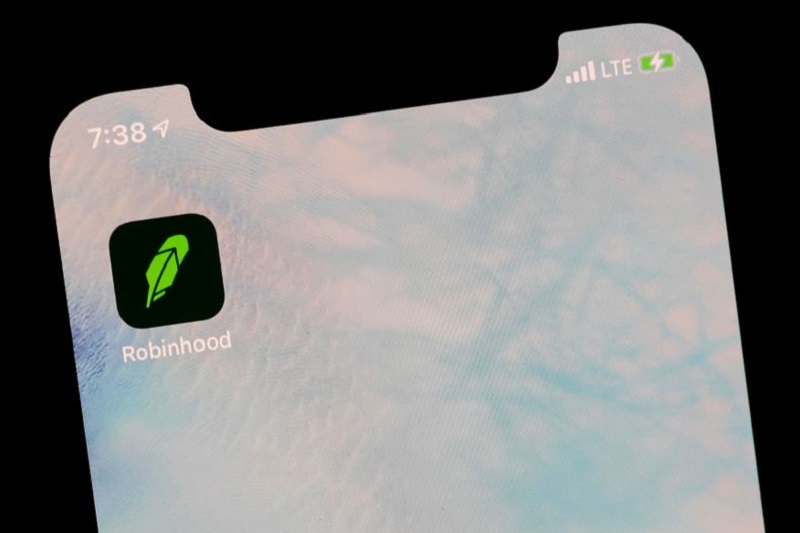This post was originally published on this site

By John McCrank
NEW YORK (Reuters) -Robinhood Markets Inc on Wednesday said it launched a fully-paid securities lending program, which lets the online broker’s users lend out shares they own through the popular app to market participants and passively collect a cut of the fees.
The move is part of Robinhood (NASDAQ:HOOD)’s efforts to diversify its income away from transactional revenue, which made up nearly three quarters of the company’s revenue in the first quarter and were down 48% from a year earlier when individual investors were piling into so-called meme stocks.
Robinhood already makes money by lending out shares that its customers buy on margin, but the new fully-paid program will include all shares held by its nearly 23 million users, so long as they opt in and meet certain qualifications.
The new program will potentially bring in 1-to-2 times the revenue that Robinhood’s margin securities lending program generates, the company’s Chief Financial Officer, Jason Warnick, said on a call with analysts last week.
The Menlo Park, Calif.-based company earned $137.2 million from margin securities lending in 2021.
“Transactional revenue has been the core component of the revenue but as you build out the offering those other components become a more meaningful portion,” Steve Quirk, Robinhood’s chief brokerage officer, said in an interview.
Demand to borrow shares for a fee often comes from institutional investors and other brokerages looking to settle trades or facilitate short sales.
“It’s just another way, particularly in a challenging market, like the one we’ve experienced lately, to generate a little bit of additional income off of an existing portfolio,” said Quirk.
To qualify for the fully-paid lending program, Robinhood users must have $5,000 in total account value, at least $25,000 in reported income or some trading experience, he said.




